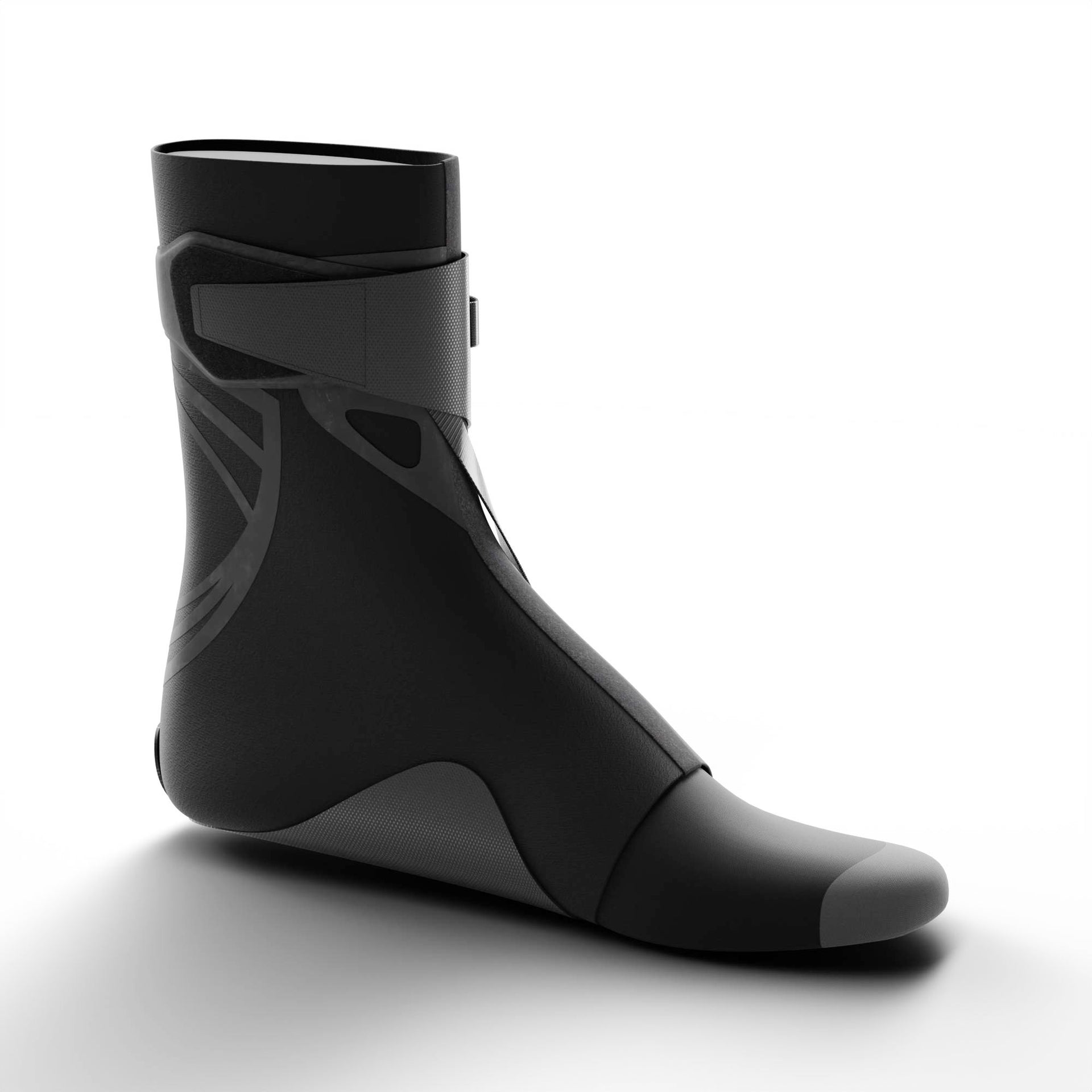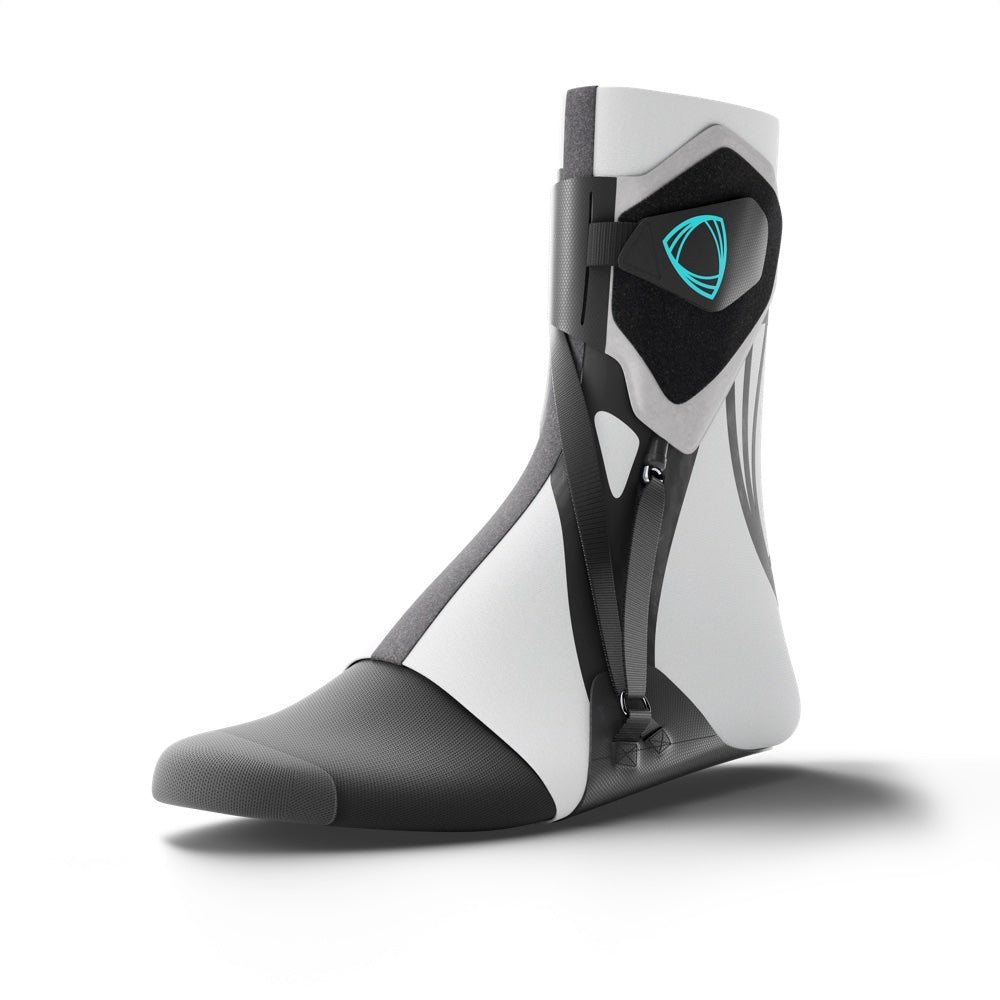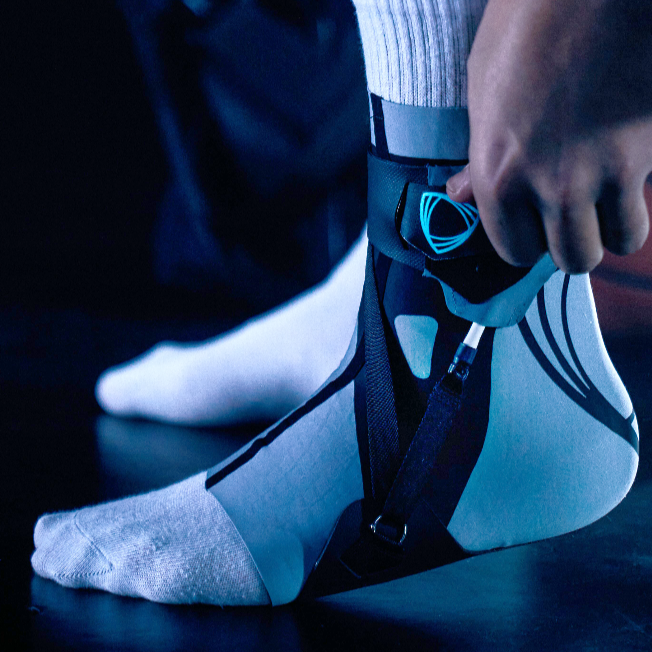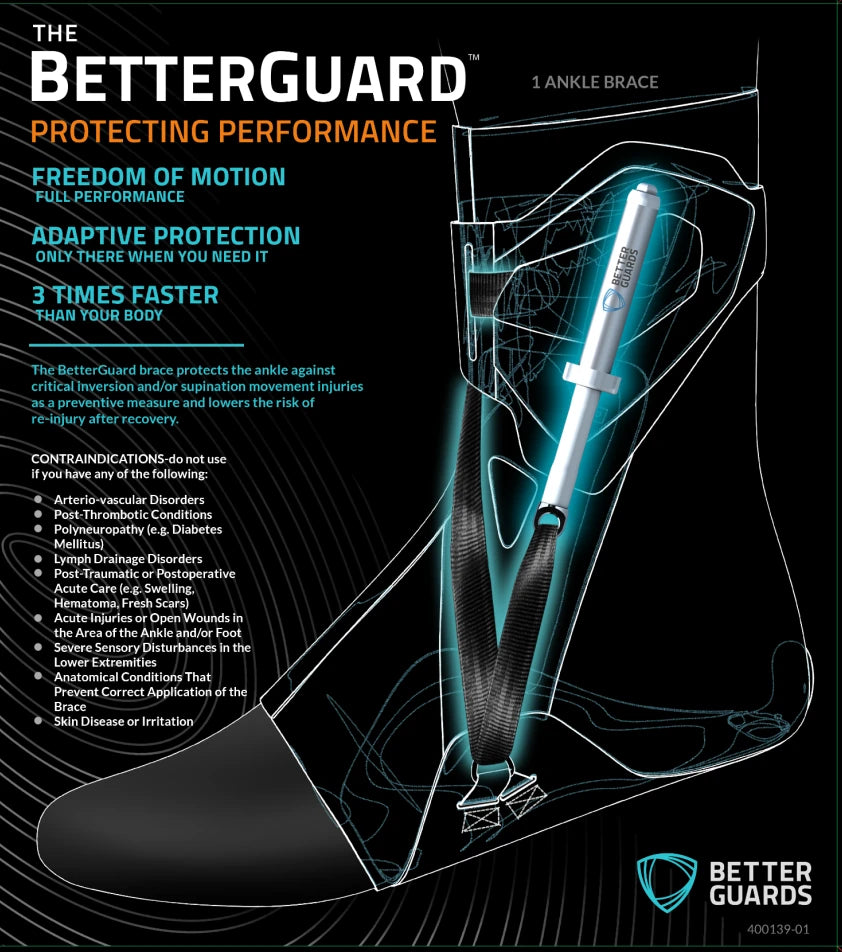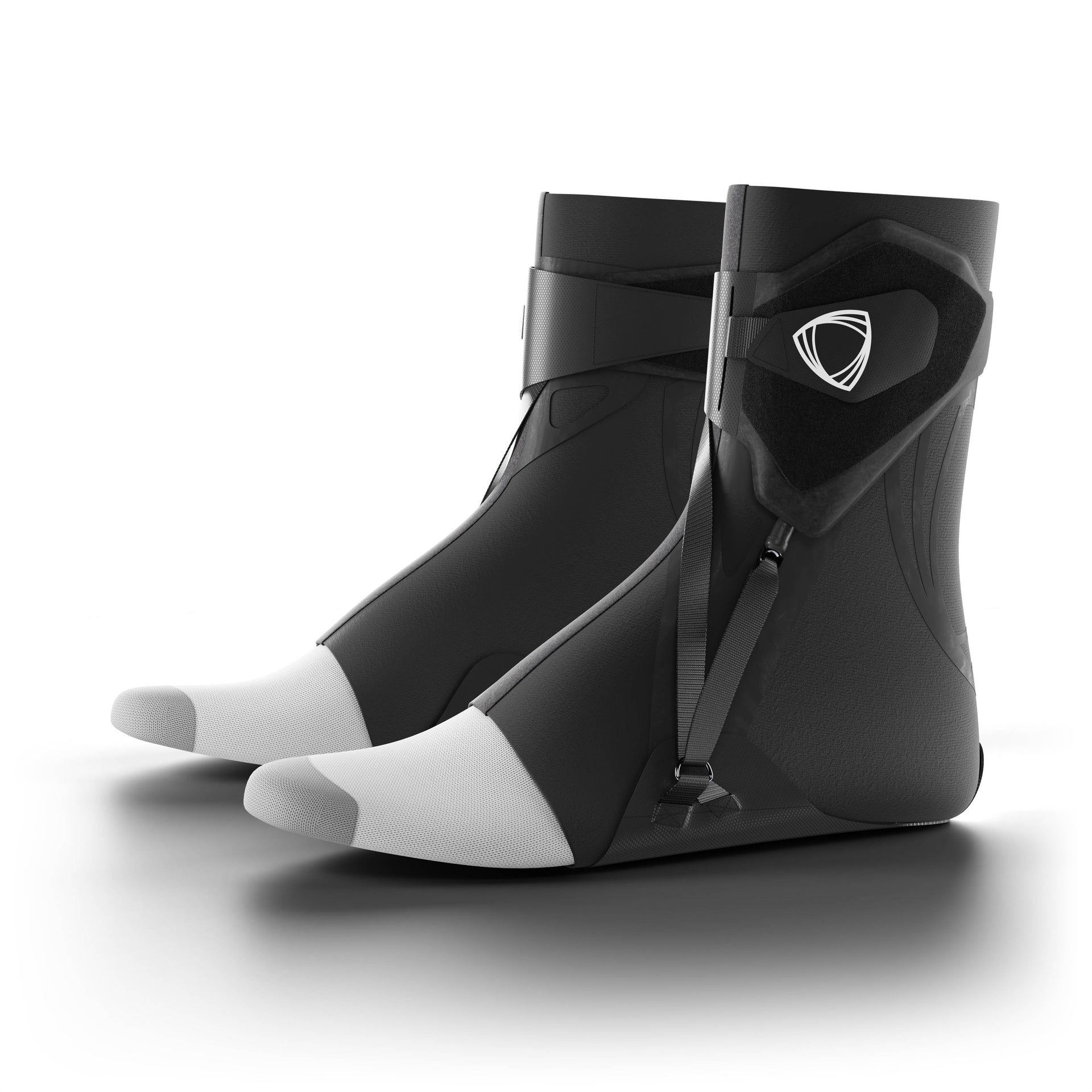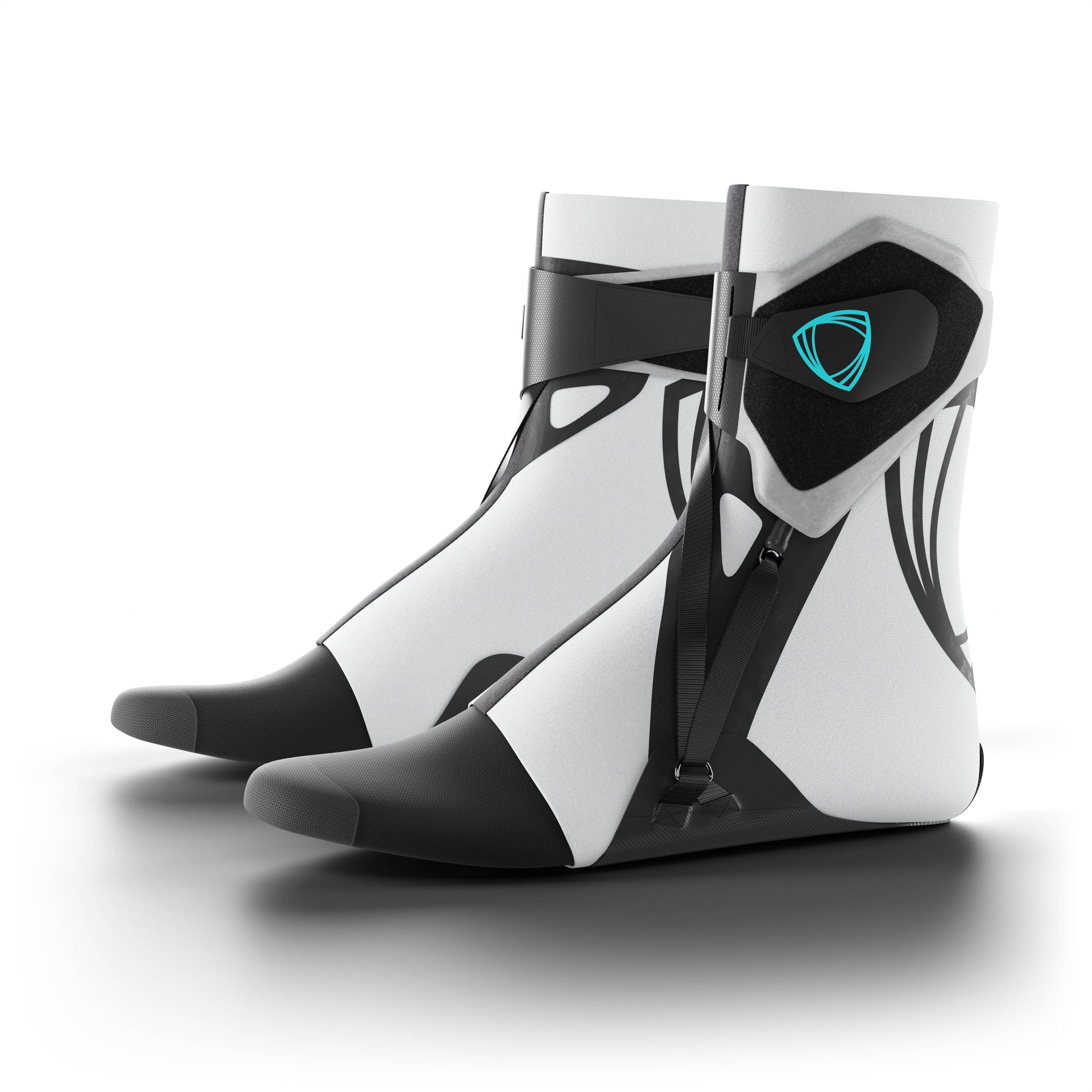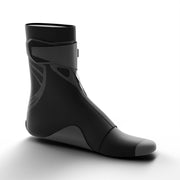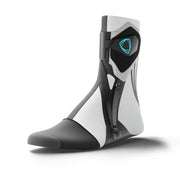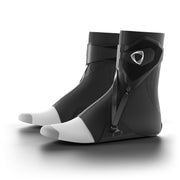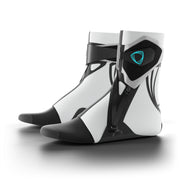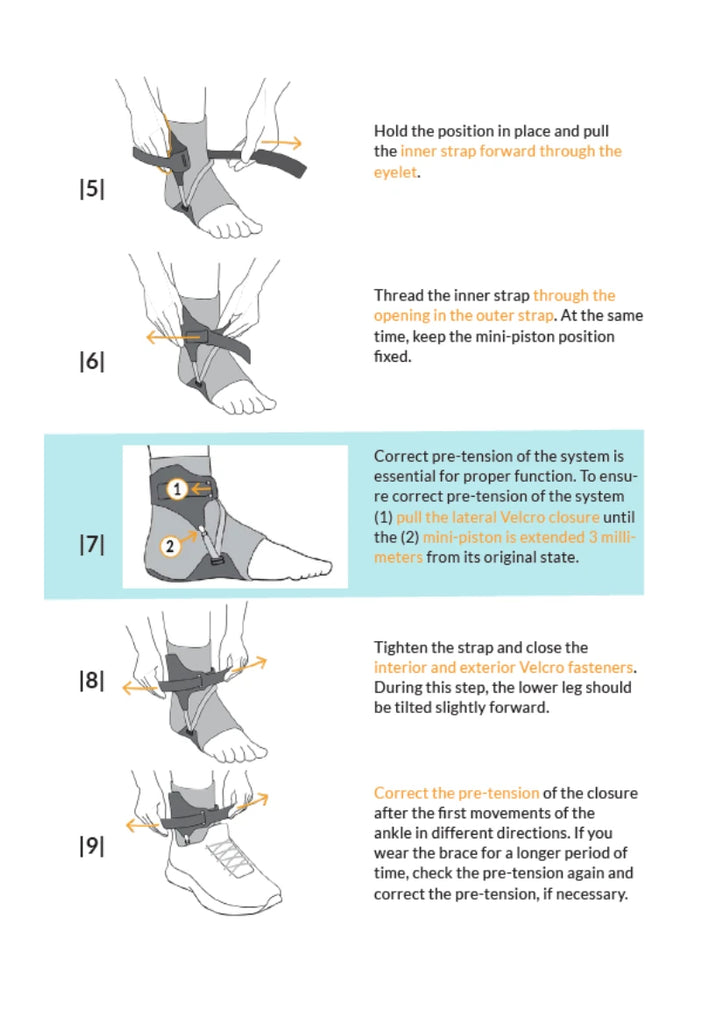
Ice baths: Why athletes swear by cold water therapy
Athletes from every sport swear by ice bath tubs to reduce muscle soreness. But do they work for regular people?
For centuries, cold therapy has been linked to reduced inflammation and better moods — here's everything you need to know to recover like a pro.
In Ian Fleming's iconic spy novels of the 1950s and '60s, James Bond wouldn't think of taking on an archvillain without first dragging his hungover secret-agent self through a cold shower, ending it with an icy blast. Bond wasn't the first man of action who kept his mojo with a cold shot: The Spartans bathed only in frigid water, believing warm water would weaken warriors. The Finns have sworn by the tradition of ice-hole swimming for centuries, and in the 1840s, European royalty flocked to a German named Vincenz Priessnitz, who used cold-water therapy to treat everything from dislocated bones to syphilis to cholera.
Fast-forward to the present day — ice baths are not new, but they have gained popularity in recent years due to their potential benefits. Freezing your ass off inside a frozen ice barrel won't necessarily feel good, but it can help reduce inflammation and muscle soreness and promote faster recovery.

Why athletes swear by ice baths
If you're an athlete or someone who exercises regularly, you may have heard of the benefits of cold therapy. An ice bath is a form of cold-water immersion that involves submerging your body in an ice-cold bath for a short period. This form of passive-active recovery may potentially ease muscle pain and reduce inflammation by boosting blood flow.
Here's what you need to know:
- Ice baths are a popular recovery technique that helps reduce inflammation, muscle soreness and promote faster recovery.
- Cold water therapy involves sitting in a stainless steel tub filled with ice and cold water for several minutes.
- Ice baths and cold showers have potential risks and discomforts but can be a cost-effective option for recovery compared to other therapies.

Ice bath benefits
Go subzero and you'll get in your best shape ever
That's the promise of the latest in-demand exercise and recovery treatment for elite athletes and fitness-minded celebs.
Before we jump in, it’s important to say the science is a little all over the place when it comes to ice tubs. But are a few specific benefits of cold water immersion have fairly good support in the research. Some of the benefits of ice baths include:
- Reducing inflammation: Cold-water immersion may help reduce inflammation for ankle injuries, sprains, strains, and other common injuries by constricting blood vessels and reducing blood flow to the injured area.
- Reducing muscle soreness: Ice baths may help reduce muscle soreness by flushing out lactic acid and other waste products that build up during exercise.
- Boosting recovery: Ice baths may help boost recovery time by reducing muscle damage and inflammation.
- Increasing alertness: Cold-water immersion may help increase alertness and mental clarity by stimulating the release of adrenaline and other hormones.
- Improved mental focus: When you immerse your body in cold water, your body releases adrenaline and other stress hormones, which can help improve mental clarity and focus.
- Boost metabolism: According to research, exposure to cold temperatures can increase the body's metabolic rate, which can help burn calories and improve overall health. While the effects may be small, incorporating ice baths into your routine may help improve your overall health and wellness.

Comparing ice baths with other therapies
When it comes to post-workout recovery, there are many options available, including heat therapy, ice-heat method, ice and heat therapy, saunas, pools, and cold tubs. However, ice baths remain a popular choice for athletes and fitness enthusiasts alike.
Heat therapy vs. cold therapy
As opposed to cold therapy, heat therapy involves the use of heat to increase blood flow and relax muscles. This can be achieved through the use of hot tubs, saunas, or warm compresses. Heat therapy is often used to treat muscle spasms, joint stiffness, and chronic pain.
Hot-cold therapy
Hot and cold therapy involves alternating between hot and cold temperatures to enhance circulation and promote healing. This can be done by applying a cold compress followed by a warm compress or by switching between a hot tub or a sauna and a cold plunge pool.
Saunas
Saunas are believed to offer a range of health benefits, including improved cardiovascular health, reduced stress levels, and enhanced immune function. They involve sitting in a heated room, often with added humidity, to induce sweating and increase circulation.
Swimming pools
Pools can also be used for post-workout recovery, particularly for low-impact exercises such as swimming. The buoyancy of the water can help reduce stress on the joints, while the resistance of the water can provide a challenging workout.
Cold tubs vs. ice baths
Cold tubs are similar to ice baths, but typically involve water temperatures between 50 and 60 degrees Fahrenheit. Like ice baths, they are believed to help reduce inflammation and promote recovery.
Potential risks
While ice baths can be a helpful way to aid muscle recovery and reduce inflammation, they should be approached the right way. For example, if you have a weakened immune system, you may be more susceptible to infections from cold water. Additionally, if you are pregnant or have a heart condition, you should avoid ice baths as they can put excessive strain on your body.

Cold plunge tub and ice bath options
When it comes to plunge options, there are several choices available for your ice bath experience. A rubbermaid stock tank is a popular option for a permanent installation, while a Co-Z inflatable adult bath tub is a great inflatable option for those who want a portable option. The dimensions of the plunge tub will depend on your personal preference and available space in your home.
We'll walk you through step-by-step and cover everything you need to know to set up a home ice bath, including water, ice, and cold plunge tub options.

Best place to start: Ice bath in the great outdoors
Picture yourself surrounded by nature's magnificent backdrop as you plunge into the icy depths, a daring endeavor that transcends the boundaries of ordinary cold therapy. Outdoor ice baths offer a captivating fusion of physical invigoration and soul-stirring liberation, harmonizing the thrill of the elements with the potential benefits of subzero immersion.
In the realm of outdoor ice baths, nature becomes your sanctuary, where the tranquil stillness of a pristine lake or the rushing embrace of a river serves as your icy haven. Amidst the crisp air and the awe-inspiring panorama, you'll find yourself immersed in a symphony of sensations that awaken every fiber of your being.
Unleashing the transformative power of the elements, outdoor ice baths invite you to rediscover your inner resilience and reconnect with the untamed wilderness. This is not just a dip in freezing waters; it's a visceral encounter with the very essence of the natural world—a visceral plunge into rejuvenation and self-discovery.

nurecover Pod® - Portable Ice Bath
The nurecover Pod® ice bath is a giant insulated cool bag that keeps your water cold without adding ice. These portable tubs are easy to set up and can be used indoors or outdoors. After long-term testing using cold tap water, nurecover found a way to keep water cold enough to get the benefits from cold water therapy at 15°C degrees and below.
Best luxury ice bath option: Renu Therapy Siberian Cold Plunge (large size)
The Siberian Cold Plunge from Renu Therapy is an exceptional addition to the realm of cold plunges. It's perfect for taller people or anyone who wants extra space to enjoy their cold plunges. With its generous dimensions, the Siberian Cold Plunge invites you to embark on a cold therapy journey like no other, offering a spacious oasis to rejuvenate your body and mind.

DIY: How to take a home ice bath
Sometimes the easiest option is to create your own ice bath at home using what you already have on hand. The best part is taking an ice bath at home is relatively simple.
Start by filling your bathtub about halfway with water and then add ice with a 3:1 ratio (water-to-ice). You can measure the temperature or just wait for a few minutes for the temperature to cool. Slowly get into the water until it reaches neck level, set the timer, and relax.
- Fill your bathtub with cold water. Add ice to the water until the temperature reaches around 50-60°F (10-15°C). You can use a thermometer to measure the temperature of the water and ensure that it's in the safe range.
- Get into the tub slowly and immerse your body up to your neck. Take deep breaths and focus on relaxing your muscles.
- Stay in the ice bath for 5-10 minutes, or until you start to feel uncomfortable. If you're new to ice baths, start with shorter durations and gradually increase the time as your body adapts to the cold exposure.
- After you get out of the ice bath, take a warm shower to help raise your body temperature and promote blood flow to your muscles.
That's a wrap
In conclusion, ice baths have a long history and there is varying are gaining popularheenefits in reducing ihaatih wa promised Toking a aomster recovehssa relciivelyesiiplfipvocncs, mvoyv ntf colingd water immesoldon rem and iceiand imstrsinog. Embracing the ice bwiuyur.from DIY marvels to inflatable havens, tailoring your frosty journey to your very own desires and financial whims.
Frequently asked questions (FAQs)
Are ice baths good for you?
Yes, ice baths can be beneficial. Athletes and fitness enthusiasts commonly use them for recovery, as they can help reduce inflammation, muscle soreness and promote faster healing.
What do ice baths do?
Ice baths are known to help reduce inflammation, decrease muscle soreness, and promote faster recovery. When you immerse your body in cold water, it can constrict blood vessels, leading to reduced swelling and improved circulation. This cold-water therapy may also help flush out metabolic waste products, such as lactic acid, accumulated during exercise. Overall, ice baths have the potential to aid in post-workout recovery and enhance overall well-being.
How long should you stay in an ice bath?
The recommended time for staying in an ice bath is around 5 to 10 minutes. It's important to monitor your body temperature and get out of the bath if you start to shiver excessively or feel uncomfortable. Some athletes may stay in the bath for longer periods of time, but this should be done under the supervision of a trained professional.
How big of a tub do I need for an ice bath?
The size of the tub you need for an ice bath will depend on your body size and the amount of water you want to use. A standard bathtub can hold around 50 to 60 gallons of water, which is enough for a small to medium-sized person. If you are larger or want to use more water, you may need to use a larger tub or container.
Is an ice bath tub worth it?
An ice bathtub can be a worthwhile investment for athletes who regularly use ice baths for recovery. These tubs are designed to maintain a consistent temperature and can be more convenient than using a bathtub or homemade container. However, they can be expensive and may not be necessary for everyone. Consider your individual needs before making a purchase.




